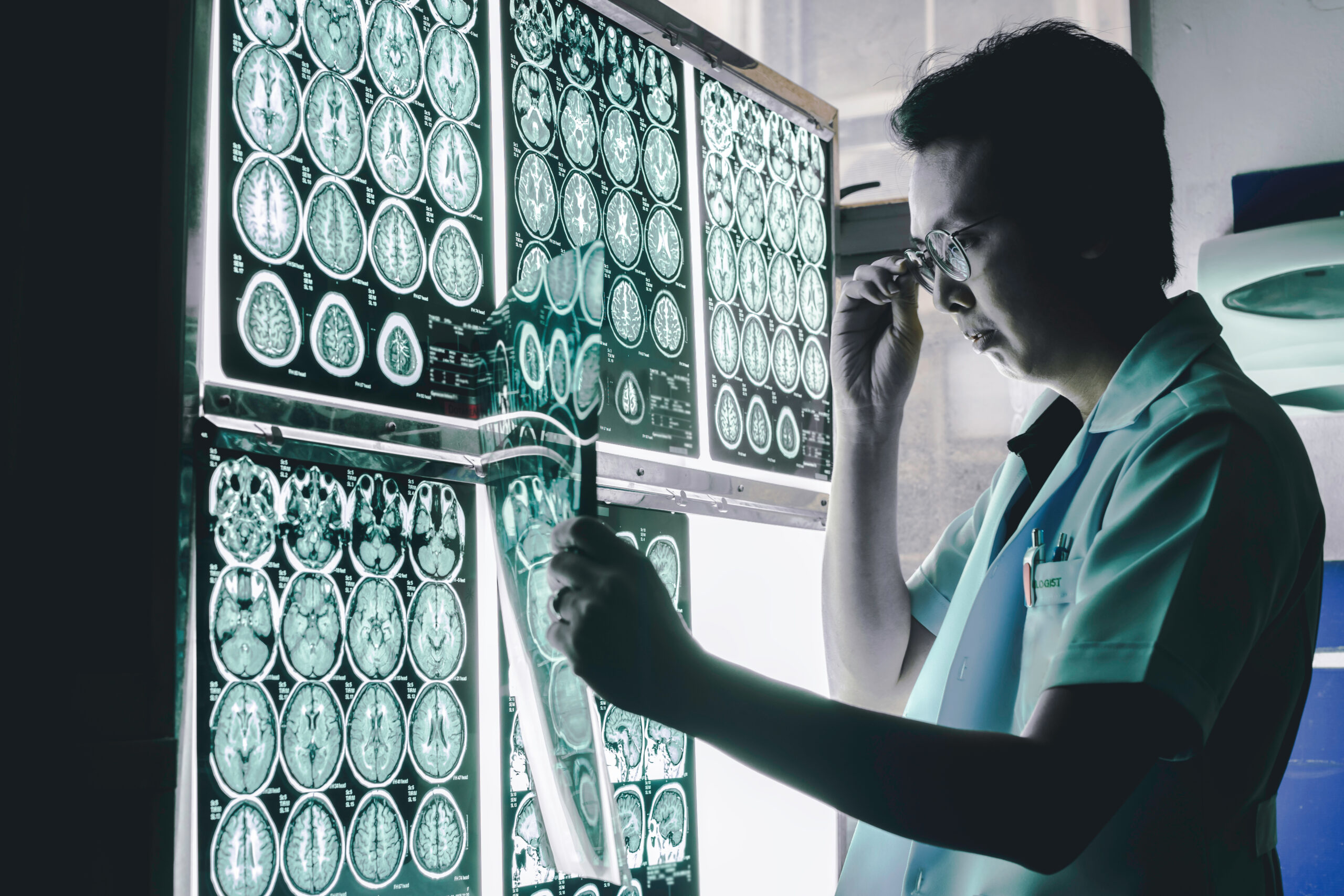Machine learning for Parkinson’s detection
Machine learning is revolutionizing the way we diagnose and manage Parkinson’s disease, a complex neurological disorder that affects movement and coordination. Traditionally, diagnosing Parkinson’s has been challenging, especially in its early stages, due to the lack of definitive biomarkers. However, with the advent of advanced machine learning algorithms, researchers are now able to analyze various types of data to identify patterns that can help detect the disease more accurately.
### How Machine Learning Helps
Machine learning models can process large amounts of data, including speech patterns, gait, and hand movements, to identify subtle differences between individuals with Parkinson’s and those without. For instance, speech patterns can reveal minute changes in voice characteristics that are indicative of Parkinson’s. By analyzing these patterns, machine learning algorithms can predict the likelihood of having Parkinson’s and assess the severity of symptoms.
One of the most promising approaches involves using deep learning techniques like Convolutional Neural Networks (CNNs) and Long Short-Term Memory (LSTM) networks. These models are particularly effective when combined with attention mechanisms, which help focus on the most critical features in the data. For example, a study used a hybrid model that fused mel spectrograms and mel-frequency cepstral coefficients (MFCCs) to capture intricate vocal characteristics, achieving high accuracy in distinguishing between healthy individuals and those with Parkinson’s.
### Wearable Sensors and Machine Learning
Another innovative application of machine learning is in the use of wearable sensors. These devices can collect data on mobility tasks, such as walking or standing up from a seated position, which are often affected in Parkinson’s patients. By analyzing this data, machine learning models can differentiate Parkinson’s from other similar conditions, known as parkinsonian disorders, which share similar motor symptoms. This approach not only aids in diagnosis but also helps streamline clinical workflows by providing objective, data-driven insights.
### Challenges and Future Directions
Despite these advancements, there are challenges to overcome. One major issue is the heterogeneity of Parkinson’s symptoms, which can vary significantly from one person to another. Additionally, collecting large, diverse datasets for training machine learning models can be difficult. However, ongoing research is addressing these challenges by exploring new data sources and improving model architectures.
In conclusion, machine learning is transforming the landscape of Parkinson’s detection and management. By leveraging diverse data types and advanced algorithms, researchers are developing more accurate and efficient diagnostic tools. As technology continues to evolve, we can expect even more innovative solutions to emerge, ultimately improving the lives of those affected by this complex disease.





